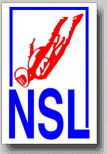
National
Skydiving
League
226 Pecan Street
Deland FL 32724
tel: (386) 801-0804
© 2003 - 2025
All Rights Reserved


226 Pecan Street
Deland FL 32724
tel: (386) 801-0804
© 2003 - 2025
All Rights Reserved

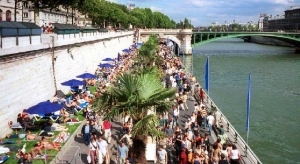
The meeting was held last week and was concluded on Sunday, January 27. The NSL News received a few live updates during the meeting, which indicated that there was a controversial discussion as of both topics. Result of this discussion is the fact that nothing has been changed. Block 13 remains exactly the way it is, and half-speed judging will not be introduced and applied in 2008.
A document with the changes that were made in Paris last week has already been sent out and shows just a few modifications of the current set of IPC rules. The dive pool remains exactly the same, and the basics of the judging procedure are also unchanged.
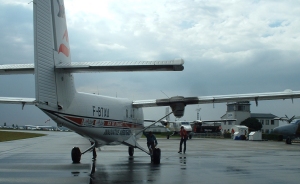
The updated IPC rules will also include a clarification "how freeze frame and centrepoints are assessed". In both cases (3.3.5 Performance Requirements and 5.5 Judging), the IPC Committee for Formation Skydiving introduced new language: "two dimensional video evidence".
Freeze frame and centrepoints "will be assessed using only the two dimensional video evidence". The reason why the new language has been introduced at the IPC meeting and the actual meaning of "two dimensional video evidence" is unknown to the NSL News. The final version of the official 2008 rules may provide more insights.
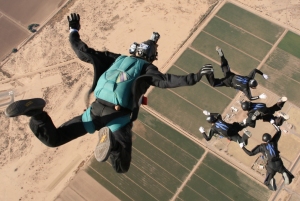
It is somehow challenging to check the correct execution of the block maneuver, especially if the formation is built mirror-imaged. Mistakes were made in the past and remained undetected in some occasions. There was an easy solution to the problem that was suggested by committee members prior to the meeting.
Only the arrow of the tail's 270' maneuver needed to be removed or changed into an arrow indicating either turning direction. The tail would still have to complete a 270' turn, and the judges would not have to check the direction of the turn any longer. The point of the second Hammer would then face either direction.
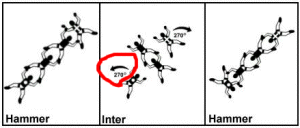
The discussion of half-speed judging has been very controversial ever since it was brought up officially by the French IPC delegation, as the NSL News reported on 20 December 2007. The discussion continued in Paris last week and was as controversial as before. The result was similar as with Block 13 - no changes - and the discussion will continue.
The 2008 season will show how the heightened awareness of this issue will effect the scoreboards. The 4-way teams had changed their strategies how to deal with flaws when the penalty for an infringement was reduced from 2-point busts to 1-point deductions.
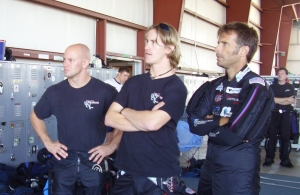
Many undetected infringements were the positive results for the lucky teams, while experienced competitors were often wondering why these flaws were not punished. Half-speed judging was supposed to bring the official scores closer to the absolute truth and make it easier to find previously undetected infringements, as many teams and competitors had hoped for.
However, the opposition to half-speed judging was stronger than expected in Paris, and the judging rules remain unchanged. IPC delegates and members of the committee will probably collect more experiences and feedback throughout the 2008 season. The topic may come back to the IPC table at a later time.